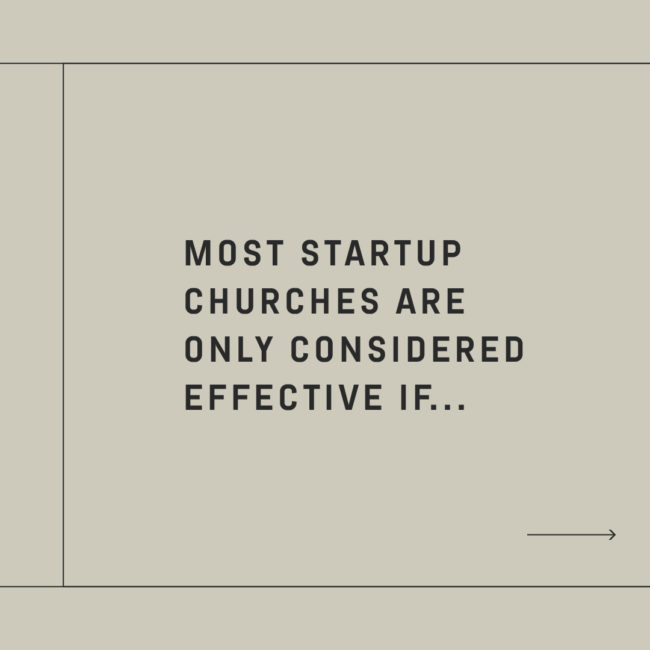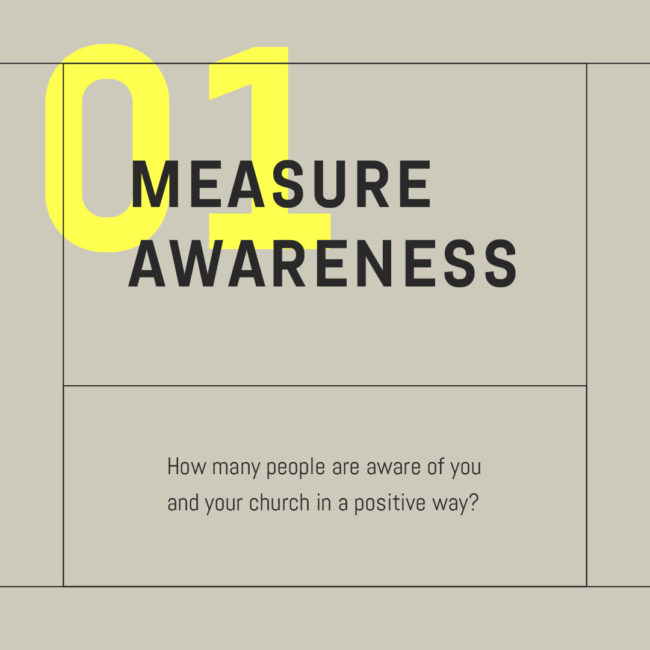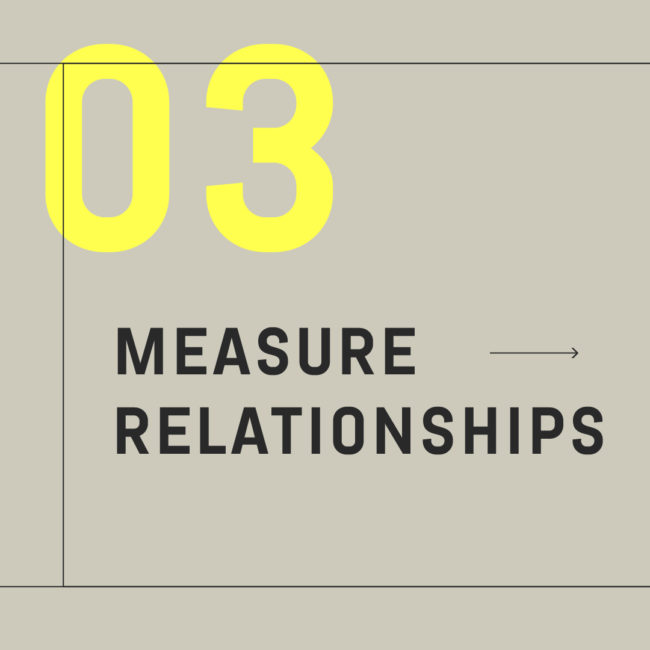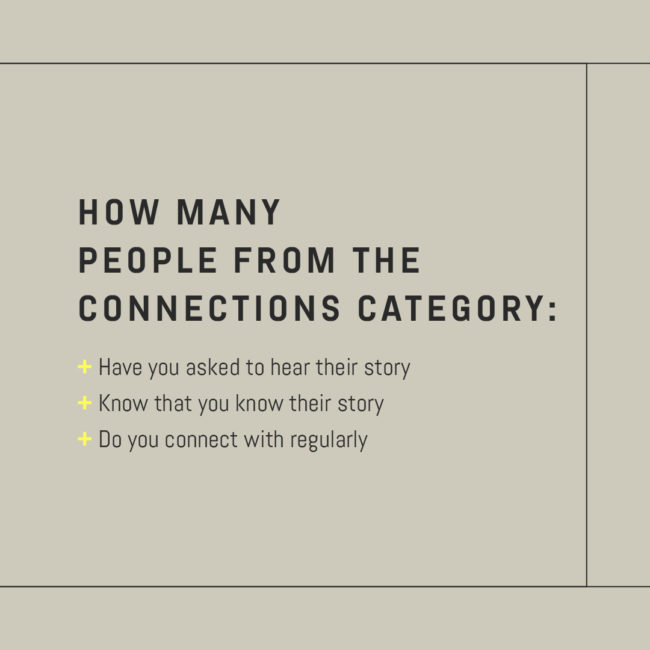
Refreshing Your Metrics for Church Planting
Five Takeaways from the Exponential Podcast
By: Jason Bowman | Church Planting Communications & Marketing
Episode 8’s Topic: “Cracking the Code of 21st Century Ministry — Refreshing Your Metrics” with Steve Pike, Ray Hudson, and Jason Bowman
Church Planting in the 21st Century
This interview is a collaboration between Exponential, Jason Bowman of ArtSpeak Creative, and Steve Pike, formerly of the Church Multiplication Network, now of Next Wave.
What metrics should church planters be tracking in the 21st century? That’s the question Steve Pike, Jason Bowman, and Ray Hudson (City Center Church) seek to answer on a recent episode of the Exponential podcast.
Here are our top 5 takeaways.
1. Use Leading Metrics, Not Lagging Metrics
For decades, the leading church metrics have been “noses and nickels” — how many people are coming to your Sunday service, and how much money are they giving?
While these metrics are important, they have one fatal flaw when evaluated in isolation. Noses and nickels are lagging metrics, meaning that they measure something that has already happened. They aren’t predictive.
And what’s worse, the COVID-19 pandemic highlighted their ineffectiveness when people couldn’t come to church and stopped giving. So it’s helpful to reenact some first-century metrics for the 21st century.
We need to move from measuring bodies in the pews to measuring disciples in the marketplace.
A leading metric asks, “If we do X, how many people will we impact in three to six months?” Or, “If we’re targeting X amount of people for our launch service, how many Y amount of relationships do we need to build?
In Steve’s book, Next Wave: Discovering the 21st Century Church, he supplements the noses and nickels metrics with eight additional leading metrics, including:
- Awareness: How many people are aware of you/the church in a positive way?
- Connections: How many people from the Awareness category do you know by name, know that you know their name, and know that you are praying for them on a regular basis?
- Relationships: How many people from the Connections category have you asked to hear their story, know that you know their story, and connect with regularly?
You can read more about the remaining “gauges” in a free copy of Chapter 8 from the Next Wave book. These ten gauges equip 21st-century churches with a comprehensive dashboard of meters and warning lights that help their leaders assess their present health and predict future growth.
>>Related Resource: Calculate your launch day attendance using Next Wave’s Church Starter Engagement Calculator»
2. Integrate a Digital Component into Your Launch Strategy
Like many church planters in 2020, Pastor Ray Hudson of City Center Church in Berkeley, Calif., had a plan to launch his church by the end of the year.
And then COVID happened.
By March 8, it was clear that his original strategic launch plan wouldn’t translate for an online-only world. So he threw out the old plan and devised a new one. It involved a few digital preview gatherings, an online Easter service, and an entirely novel approach to an online church service.
Before launching digitally, Pastor Ray started with these three questions:
- How do we build a team digitally?
- How do we measure online health?
- How do we build culture and DNA digitally?
Once Pastor Ray had answers to those questions, he and his team devised a unique four-part approach to their online church service.
Ray said, “We didn’t even start with worship. We started our gatherings with a 15-minute talk because we viewed them more as awareness events than worship services.”
On Sundays, they’d start by gathering their church leaders online at 8:15 AM for prayer, vision alignment, and preparation. Then at 9:00 AM, they’d host a 20-minute service that included a 15-minute message from Pastor Ray.
>>Free Download: Making Sense of Your Online Numbers
At the end of the message, they’d invite all of the online attendees to Zoom rooms to discuss the message with each other. Church leaders led the conversations, allowing folks to ask questions or to simply listen as the leaders fleshed out the message for themselves.
Finally, the breakout attendees were invited to a midweek discipleship gathering online for deeper study and mentorship.
Pastor Ray’s team watched this approach bear fruit in the church-resistant community of Berkeley. They also supplemented their weekly services with a monthly worship and prayer service for their leaders. As COVID restrictions rolled back in their community, a monthly vision event allowed them to keep everyone updated on their developing ministry plan.
But this digital launch strategy wasn’t successful out of nowhere. They launched it after nine months of relationship-building in their community, where they sought to connect with people by serving their city first before they ever had their first online gathering.
Because it wasn’t random people that had opened a mailer that were attending their online services. It was the people they had invested in for months that were logging on to see what they were all about.
>>Related Article: What Every Church Planter Should Understand About Marketing
3. Orient Around Team-Building, not Church-Building
During the broadcast of the episode, listeners were able to ask questions in the live chat. One of the questions for Pastor Ray was: “How did you get team members to commit to the vision and remain committed during COVID?”
Pastor Ray said an essential element of gaining commitment is clarity. Even though COVID restrictions were changing monthly in Berkeley, he wanted to paint as clear a picture as possible for how it looked to “do church digitally.” His monthly vision events were crucial opportunities for recasting vision, answering his leaders’ questions, and refining their church’s approach to digital gatherings.
But perhaps an even more essential element of gaining commitment was Pastor Ray’s perspective on team building versus church building.
Ray said, “We oriented our team members around building a good team before building a good church because you approach things differently when you’re building a team than when you’re building a church.”
For example, City Center Church would send as many of its leaders as they could to serve at events around the city.
But Pastor Ray would always encourage his leaders to invite their unchurched friends to serve at these events with them. They found that almost everyone in Berkeley — Christian or not — was looking for ways to help their community during the pandemic. They just didn’t know how. So City Center Church leaders would invite them to wipe down laptops, serve donuts to families, help the homeless, fill backpacks with school supplies, and more.
Ray realized that building a good team requires more than “a sermon a week.” It requires team builders to invest in their spheres of influence and invite their “ones” into their mission to serve their city.
>>Related Article: Church Planter Resources»
4. “Focus On Your One”
City Center Church is turning another traditional church metric on its head by encouraging its members to “focus on your one.”
It’s natural for most churchgoers to feel pressured to bring as many people with them to church as possible. But what if it wasn’t about getting the multitudes to your church? And what if it wasn’t about “bringing” at all?
Pastor Ray says their church is about “one person, one family, one community at a time.” He asks his leaders who their “one” person is and how they can impact that person for the better. Though that one person may never show up to City Center, God crafted each leader to meet the needs of a specific person in their lives.
The “focus on your one” metric has influenced their Sunday morning metrics, too. Instead of tracking the number of people logging on to a service, they’re primarily tracking how many of those people brought other people with them.
Steve observed, “You seek to help any person with your faith community, but you prioritize that one person in your personal life, church or not.”
>>Free Download: Church Plant Timeline
5. Integrate Monday through Saturday Metrics
A final metric that we loved hearing about from City Center Church was their missional metric, or their “Monday through Saturday” metrics. Ray wanted City Center to become “fog lifters” in Berkeley long before inviting people to church.
Ray said, “Our plan was to serve the city well before launching our church.”
In the two years since their inception, the church’s team has served their community so well that UC Berkeley sent a volunteer highlight video of their team to thousands of students and alumni. Their partnership with UC Berkeley got them connected with other local schools in the area, and one school named City Center “our school’s #1 partner.”
City Center’s missional metrics, “The Five C’s,” flow as follows:
- City Teams (our people, their discipleship, and their discipleship of others)
- City Cares (our local missions efforts)
- City Groups (our expressions of community within the community)
- City Hubs (our spaces and events for community use and engagement)
- City Gatherings (our weekend worship experiences)
CCC structures these metrics so that even if someone never makes it to their gatherings, they’ve hopefully been impacted by at least one of the four focuses that come outside of Sunday.
Jason Bowman’s light bulb moment at the end of the episode captures our same excitement about the many churches that we see flipping the script on metrics all over the country:
“You’ve turned the metrics of church leadership upside down, and now it scales. It scales without you. Because it’s about people. It’s not about how many people are in church; it’s about how many people brought their people. You’re focused on building a team, not building a church.”
We’re Here To Help You Reach People and Change Lives
ArtSpeak Creative was born from church planting. It’s our mission to help church planters and Christian leaders like you reach more people so that we can be a part of telling 1,000,000 stories of life change.
If you’re looking for a team of church creatives to partner with to launch your church, we’d be honored to help. You can learn more about what we do for church planters here, or just fill out the form below for a free 30-minute consultation.








